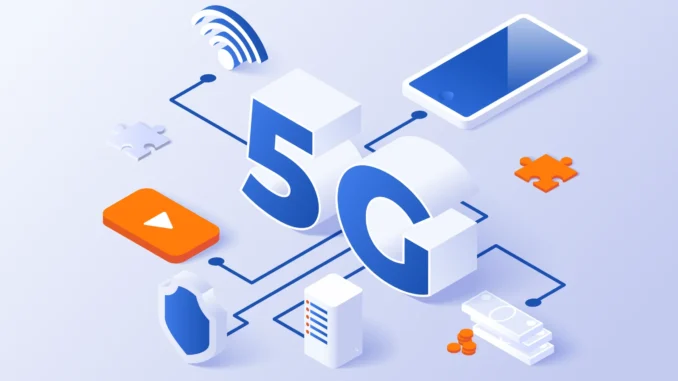
The increased use of 5G networks has been transformative across various sectors, significantly influencing communication, technology, and business practices. Here are some key aspects of this trend:
### 1. **Enhanced Speed and Bandwidth**5G networks provide significantly higher data transfer speeds compared to their predecessors (4G and LTE). This enhancement enables seamless streaming, quicker downloads, and more efficient handling of high-bandwidth applications such as virtual and augmented reality.




### 2. **Low Latency**
One of the standout features of 5G is its ultra-low latency, which reduces the delay in data transmission to milliseconds. This characteristic is crucial for applications requiring real-time responses, such as autonomous vehicles, remote surgeries, and gaming.
### 3. **Increased Connectivity**
5G networks can support a much larger number of devices connected simultaneously compared to previous generations. This is particularly beneficial for the Internet of Things (IoT), where millions of devices (sensors, wearables, smart appliances) can operate efficiently on a single network.
### 4. **Economic Growth and Innovation**
The deployment of 5G infrastructure has the potential to drive economic growth and innovation. Industries such as healthcare, education, manufacturing, and entertainment can leverage 5G for new business models and efficiency improvements.
### 5. **Smart Cities and Infrastructure**
5G is a critical enabler for the development of smart cities. It facilitates real-time data collection and analysis, aiding in traffic management, public safety, and environmental monitoring by deploying smart sensors and connected infrastructure.
### 6. **Edge Computing**
5G networks are designed to work in conjunction with edge computing, bringing processing power closer to the data source. This setup reduces latency and improves the speed and efficiency of data processing, which is beneficial for applications like autonomous vehicles and real-time analytics.
### 7. **Challenges and Considerations**
Despite its benefits, the rollout of 5G has faced challenges, including:
– **Infrastructure Investment**: Significant investment is required for the deployment of 5G infrastructure, particularly in rural and underserved areas.
– **Health Concerns**: Public concerns regarding the potential health effects of increased radiofrequency exposure from 5G towers have arisen, prompting studies and reassurances from health organizations.
– **Security Risks**: The complexity of 5G networks can introduce new security vulnerabilities, necessitating robust cybersecurity measures to protect data and devices.
### 8. **Global Implementation Variability**
The pace of 5G adoption varies globally, with some countries leading in deployment (like South Korea and China) while others are still in the early stages. Geopolitical factors, regulatory environments, and market dynamics also play significant roles in the speed and extent of 5G rollout.
### Conclusion
The increased use of 5G networks is poised to revolutionize communications and technology landscapes, offering immense potential for innovation and efficiency across multiple sectors. However, addressing the associated challenges will be essential for maximizing its benefits and ensuring a secure and equitable rollout. As the infrastructure continues to develop, the long-term implications of 5G will be profound, influencing everything from how we interact with technology to the growth of smart cities and industries.


Leave a Reply